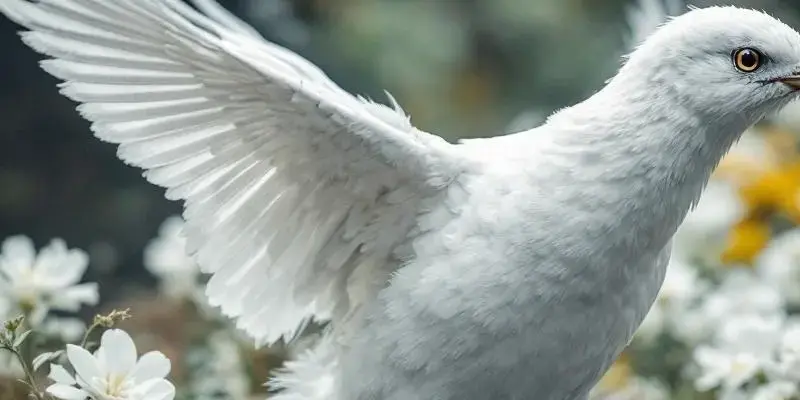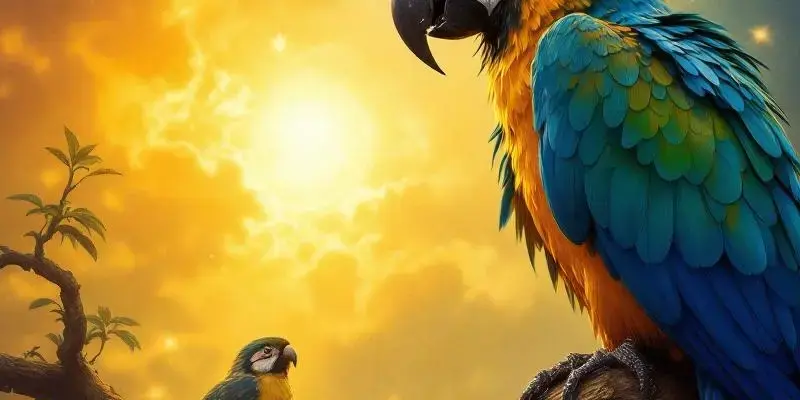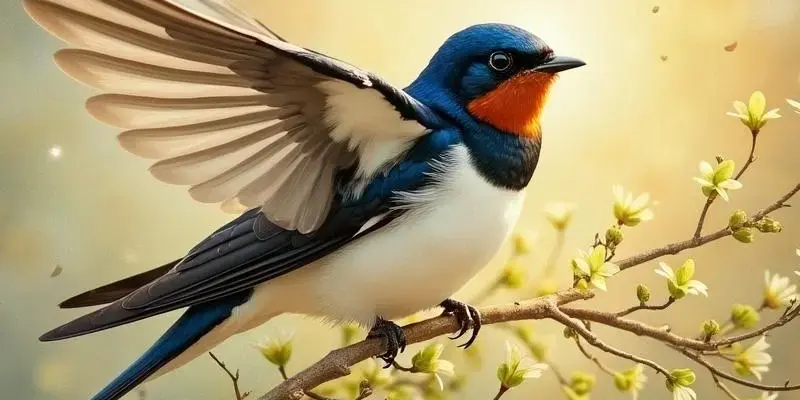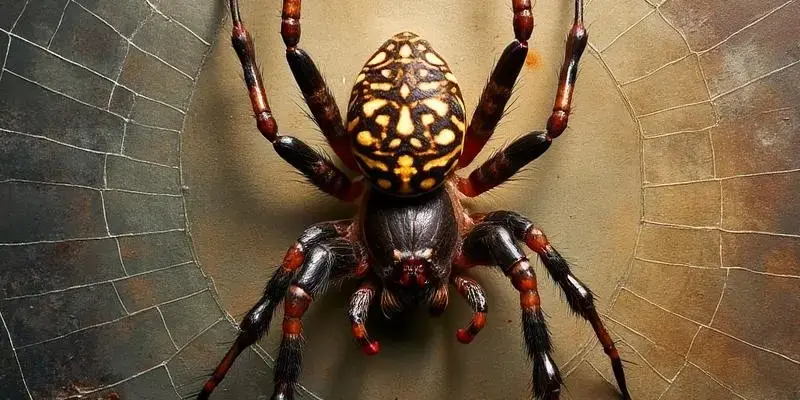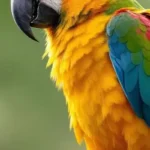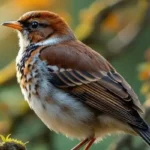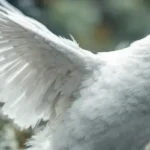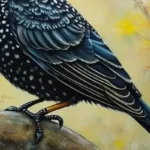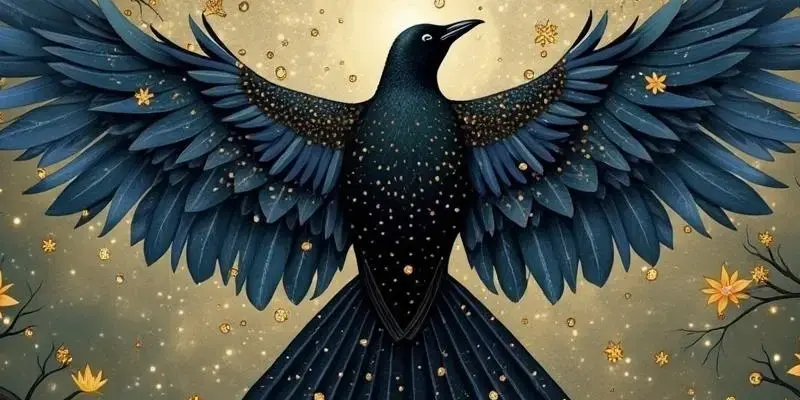Peafowl spiritual meaning
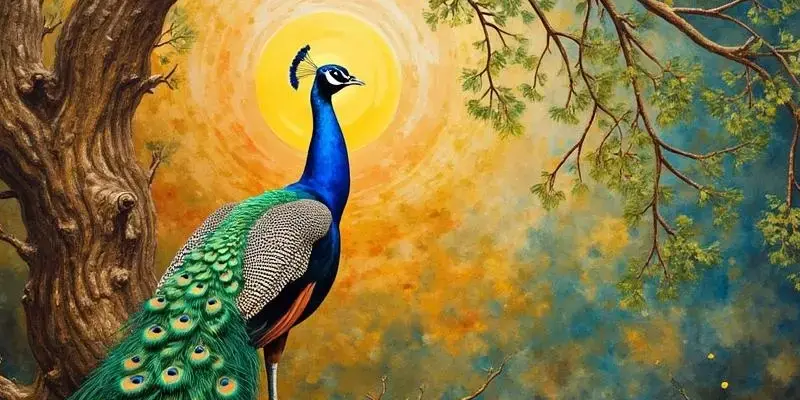
Peacocks, with their vibrant plumage and regal presence, have captivated human spirituality for millennia, representing divine beauty and transformation across diverse religious traditions. These magnificent birds embody spiritual qualities of rebirth, protection, and cosmic awareness, serving as powerful symbols in Hinduism, Christianity, Buddhism, and other ancient belief systems.
Key Takeaways
- Peacocks symbolize spiritual transformation and rebirth in many world religions
- The eye-like patterns on their feathers represent divine protection and omniscience
- As spirit animals, peacocks encourage authentic self-expression and confidence
- Their vibrant colors connect to chakra energy alignment and spiritual awakening
- Peacock feathers have been used for spiritual protection across numerous cultures
The Majestic Spiritual Significance of Peacocks Across Cultures
Peacocks stand among the most visually stunning creatures in the natural world, with their iridescent plumage and dramatic displays captivating human imagination across millennia. Far beyond their physical beauty, these magnificent birds have secured a special place in spiritual traditions worldwide, representing profound concepts from immortality to divine presence.
The peacock’s remarkable features have earned it sacred status in major religions including Hinduism, Christianity, Buddhism, and ancient mythological systems. Their annual shedding and regrowth of feathers connects them to concepts of resurrection, while their vibrant colors and eye-spotted tails link them to divine awareness and protection.
I’ve found that peacock symbolism transcends cultural boundaries, appearing in sacred texts, artwork, and spiritual practices from India to Europe. The consistent themes of beauty, renewal, and spiritual insight make the peacock a universal spiritual messenger whose significance remains powerful in contemporary spiritual exploration.
Divine Messengers: Peacocks in World Religions
The spiritual significance of peacocks varies across religious traditions, yet consistently emphasizes their divine connections and spiritual power. Let me explore how these magnificent birds appear in major world religions and what they symbolize in each tradition.
Hinduism’s Sacred Bird
In Hinduism, the peacock holds exceptional sacred status, deeply connected to several deities. Lakshmi, the goddess of wealth, prosperity, and beauty, maintains a special relationship with these birds, who often appear in her iconography as symbols of abundance and good fortune.
Perhaps most famously, Lord Krishna is frequently depicted wearing peacock feathers in his crown, representing divine beauty and transcendence. Hindu mythology tells us that peacocks originated from the feathers of Garuda, the divine mythical bird and mount of Lord Vishnu, further cementing their sacred status.
The peacock also serves as the vahana (vehicle) for Kartikeya, the god of war, demonstrating how these birds bridge earthly and divine realms. Their presence in Hindu temples and artwork reminds devotees of the beauty of divine creation and the path to spiritual enlightenment.
Christianity’s Symbol of Resurrection
Early Christians adopted the peacock as a powerful symbol of resurrection and eternal life. This symbolism stems from the peacock’s annual shedding and regrowth of its magnificent tail feathers, which parallels Christ’s death and resurrection.
I’ve observed peacock imagery on early Christian tombs and Byzantine thrones, representing the promise of eternal life. In Christian art, peacocks often appear near the Tree of Life or waters of eternal life, reinforcing their connection to immortality and spiritual renewal.
The early church fathers specifically referenced peacocks in their writings, noting how their flesh was believed to resist decay—a physical quality that further strengthened their association with Christ’s incorruptible body and the promise of resurrection for believers.
Greek Mythology’s Divine Connection
In Greek mythology, the peacock holds a special place in the stories surrounding Hera, queen of the gods. These magnificent birds were considered sacred to her and frequently appear in artistic depictions of the goddess.
The origin of the peacock’s distinctive eye-spotted tail comes from the myth of Argus, a giant with a hundred eyes whom Hera appointed to guard the nymph Io. When Hermes slew Argus, Hera placed his hundred eyes on the peacock’s tail as a memorial, creating the distinctive pattern we recognize today.
Hera’s sacred connection to peacocks was so profound that they were depicted pulling her divine chariot across the heavens. This association with the queen of gods elevated the peacock’s status to that of a royal, divine creature throughout ancient Greek culture.
Buddhism’s Enlightenment Symbol
In Buddhist tradition, the peacock symbolizes wisdom and compassion through a particularly powerful metaphor. Buddhists believe peacocks can consume poison while continuing on their path to enlightenment, transforming toxicity into beauty—just as the spiritually enlightened transform suffering into wisdom.
Buddhist temples and manuscripts frequently feature peacock imagery, representing the inner radiance that comes from spiritual awakening. The Mahamayuri, or “Great Peacock Wisdom Queen,” appears in Buddhist texts as a protector against poison, snake bites, and other dangers.
I find the Buddhist perspective on peacocks particularly profound as it addresses both outer beauty and inner transformation—teaching that true spiritual development involves transmuting life’s challenges into wisdom and compassion that benefit all beings.
Ancient Egyptian and Asian Symbolism
In Ancient Egyptian tradition, peacocks connected to the sun god and the Eye of Horus, symbols of protection and divine awareness. Egyptians particularly revered peacocks for their reputation as destroyers of poisonous snakes, seeing them as protectors against evil and harm.
Chinese culture associates peacock tails with fame and good fortune. The many “eyes” on their feathers were believed to represent stars, connecting these birds to cosmic forces and heavenly realms. This celestial connection made peacock imagery popular in imperial contexts.
Japanese tradition views peacocks as symbols of nurturing qualities—consideration, love, charity, and vigilance. Their watchful nature and protective instincts made them powerful symbols of mindful awareness and compassionate action in Japanese spiritual art and literature.
The Royal Bird: Peacocks in Power and Royalty
Throughout history, peacocks have been intimately associated with royalty and sovereign power. Perhaps the most famous example is the magnificent Peacock Throne built in the early 17th century for Shah Jahan in India—a dazzling seat of power adorned with gold, precious gems, and peacock motifs that symbolized the emperor’s divine right to rule.
The peacock’s regal bearing and spectacular appearance made it a natural symbol for royal authority across multiple civilizations. Kings and emperors from Persia to Byzantium incorporated peacock imagery into their royal insignia, architecture, and ceremonial garments to reinforce their elevated status.
This association between peacocks and royalty extends beyond mere aesthetics—it connects to deeper concepts of divine right and cosmic order. Just as the peacock displays its magnificent colors in perfect harmony, rulers sought to present themselves as manifestations of divine order on earth, maintaining harmony and beauty in their kingdoms.
Royal gardens frequently featured live peacocks as living symbols of paradise, wealth, and divine favor. The birds’ distinctive calls and dramatic displays created an atmosphere of exotic splendor that enhanced the mystique surrounding royal spaces, separating them from ordinary environments.
Feathers of Transformation: Symbolic Elements of the Peacock
The All-Seeing Eyes
The eye-like circles adorning peacock tail feathers have profound spiritual significance across traditions. For Christians, these “eyes” symbolized God’s omniscience—His all-seeing nature and watchful care over creation. The penetrating gaze represented in these patterns reminded believers that nothing escapes divine awareness.
Beyond Christianity, these ocular patterns represent awakened consciousness and spiritual insight. Many traditions interpret the eyes as symbols of protection against negative energies and harmful influences. The peacock’s display becomes a spiritual shield, deflecting malevolent forces with its vigilant gaze.
In contemporary spiritual practice, the peacock’s many “eyes” connect to concepts of mindfulness and awareness. They remind us to remain alert to our surroundings, conscious of our thoughts, and attentive to the spiritual dimensions of everyday experience. This vigilance becomes a pathway to deeper wisdom and protection.
The Cycle of Renewal
Peacocks undergo a remarkable annual transformation, shedding and regrowing their magnificent plumage. This natural cycle has made them powerful symbols of resurrection, rebirth, and renewal across spiritual traditions. The loss and subsequent regrowth of their beauty perfectly illustrates spiritual concepts of transformation through surrender.
This cycle draws clear parallels to the Phoenix mythology—the legendary bird that burns to ash only to rise renewed. Both creatures teach the spiritual principle that certain losses are necessary for greater renewal, that temporary diminishment often precedes expansion and growth.
The peacock’s molting process typically occurs after mating season, creating a rhythmic pattern of display, loss, and renewal that mirrors spiritual journeys. Many spiritual practitioners find inspiration in this cycle, recognizing that their own periods of withdrawal and apparent diminishment may be preparing the way for renewed expression and beauty.
The Cosmic Color Spectrum
Peacock plumage displays a remarkable range of colors, embracing nearly the entire visible spectrum from deep blues to vibrant greens and rich golds. This comprehensive color display connects peacocks to concepts of completeness and spiritual wholeness across traditions.
These colors align meaningfully with chakra energy centers in many spiritual systems. Each vibrant hue corresponds to different aspects of spiritual and energetic development:
- Blue: Represents mystical awareness, throat chakra expression, and spiritual insight
- White: Symbolizes connection to angelic realms, crown chakra activation, and spiritual purity
- Green: Embodies heart chakra energy, abundance, healing, and harmony with the natural world
- Gold/Yellow: Connects to solar plexus power, confidence, and divine wisdom
- Purple/Violet: Represents third eye intuition, spiritual vision, and higher consciousness
Many spiritual practitioners meditate on peacock colors to balance their energy centers and activate specific aspects of consciousness. By visualizing these colors flowing through the body, individuals can align their spiritual energies and promote holistic wellbeing.
The Peacock as Spirit Animal and Guide
Those who identify the peacock as their spirit animal often embody distinctive personality traits including honor, integrity, confidence, and an ability to discern
This article explores the profound spiritual significance of peacocks across diverse religious traditions. The majestic birds symbolize divine beauty, transformation, and rebirth in Hinduism, Christianity, Buddhism, and ancient mythologies. Their eye-spotted feathers represent divine awareness and protection, while their annual molting cycle connects to concepts of resurrection. Peacocks hold special status in Hinduism as sacred to deities like Krishna and Lakshmi, while Christians view them as symbols of immortality. As spirit animals, peacocks encourage authentic self-expression, with their vibrant colors corresponding to chakra energies.
| Key Spiritual Meanings | Religious Significance |
|---|---|
| Transformation and rebirth | Sacred to Hindu deities, Christian resurrection symbol |
| Divine protection and omniscience | Connected to Hera in Greek mythology, Buddhist wisdom |
| Authentic self-expression | Royal status across cultures, symbol of paradise |
| Spiritual awakening | Colors align with chakra energies for spiritual balance |



